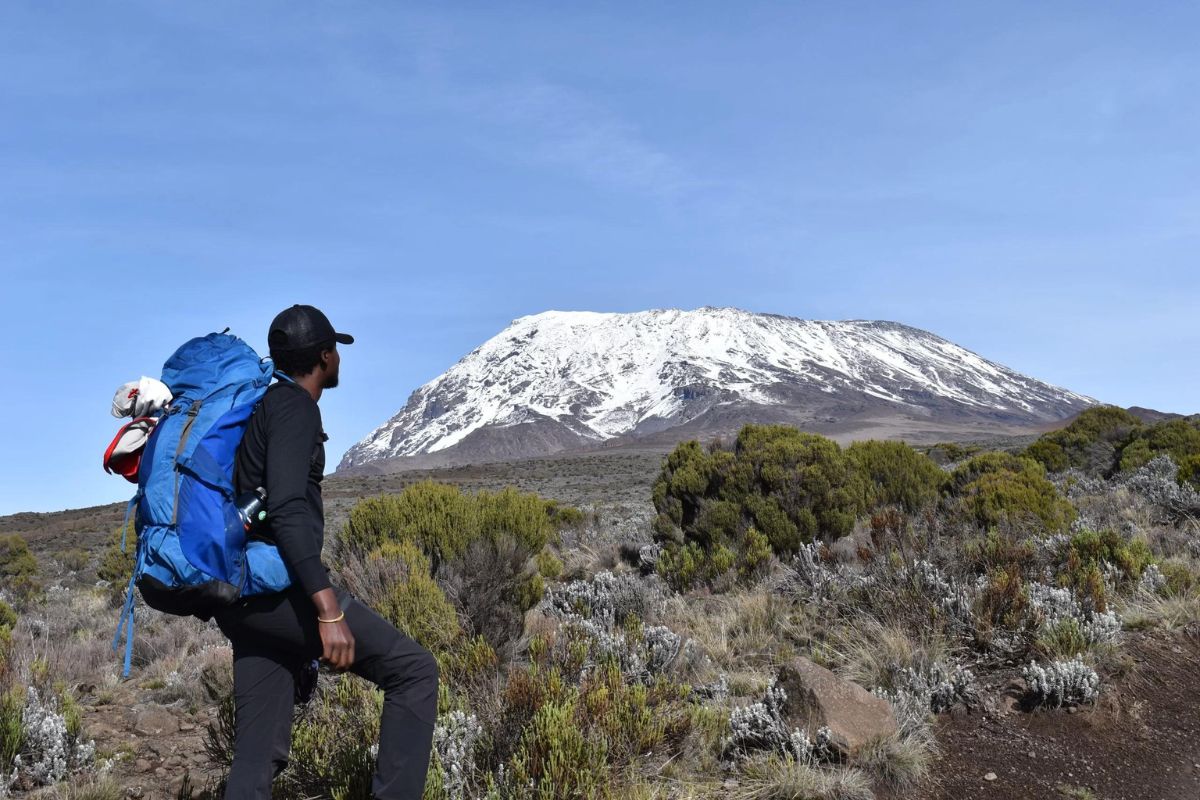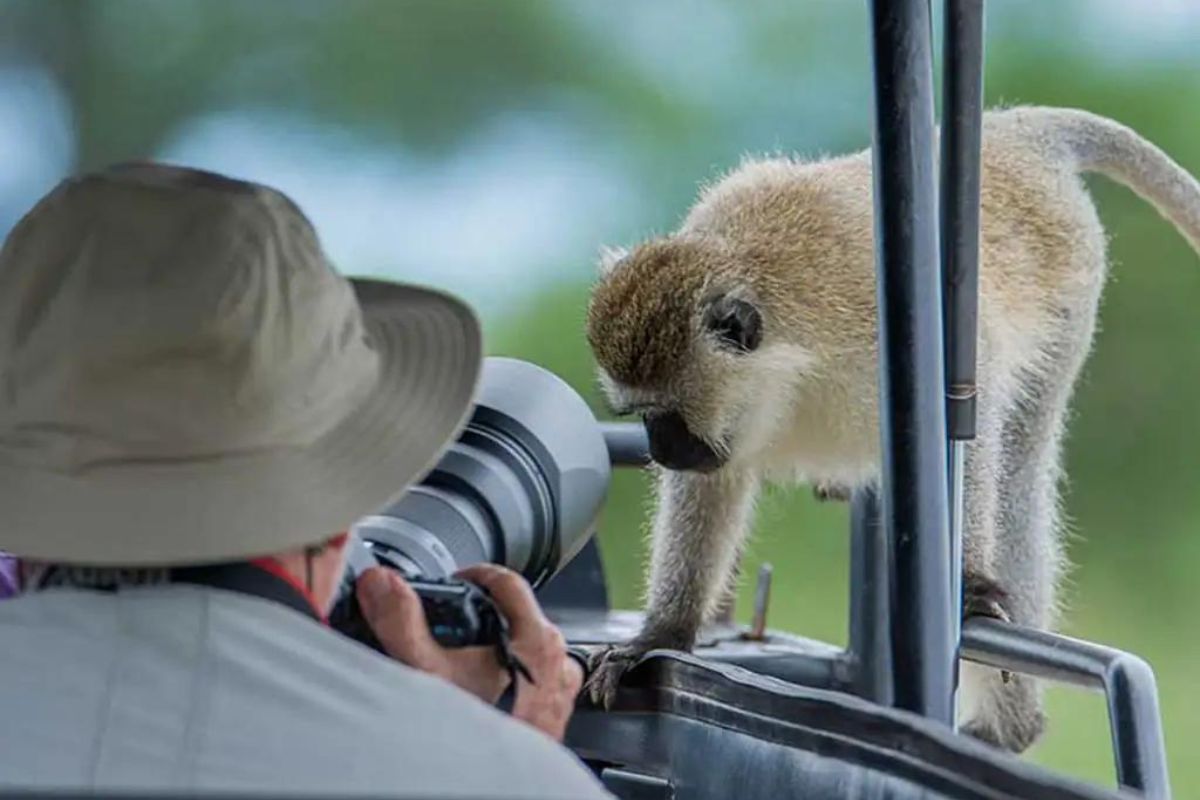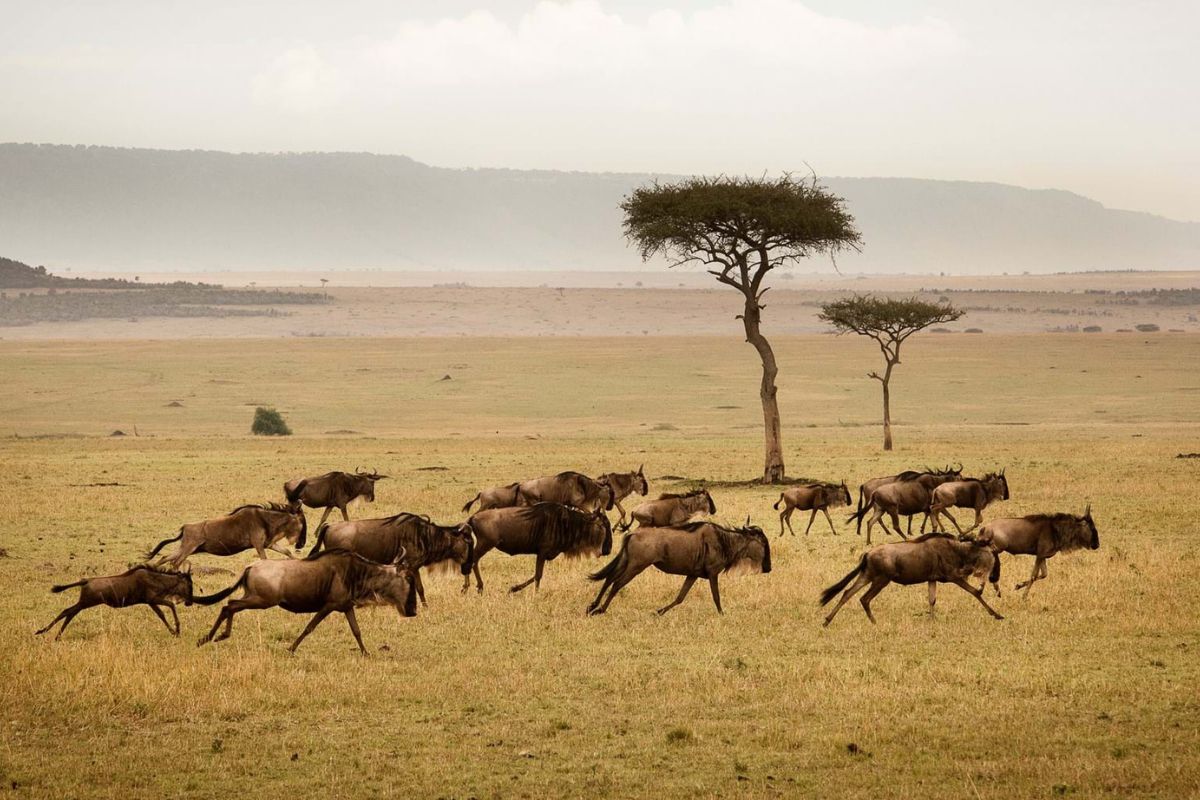Lemosho Route Kilimanjaro Climbing
Lemosho Route - Overview
Lemosho is a classic trail that has gained much popularity in recent years. And deservingly so: it offers amazing views, a great acclimatization profile, and some of the highest summit success rates among all routes. Starting on the western slope of Kilimanjaro, the Lemosho route is available in 3 itineraries: 6, 7, and 8 days on the mountain. One of Lemosho’s highlights is the Cathedral Peak – one of the highest points of the Shira Volcano (3872 m). You’ll have a chance to go on an acclimatization hike to Cathedral Peak and enjoy the best views Kilimanjaro has to offer. Another iconic feature of Lemosho are huge alien-looking plants, Dendrosenecio kilimanjari, that are only found on this mountain. The Lemosho route was the path Angela Vorobieva, aged 86, took to reach the summit of Kilimanjaro with Seko Tours Adventures, setting a Guinness World Record as the oldest person to ever climb this mountain.
Highlights
- Witness the iconic Great Wildebeest Migration
- Quintessential savannah landscape with acacia woodlands and rocky kopjes
- Watch the sunrise on a hot-air balloon safari
- Stay in ultra-luxury accommodation or mobile tented camps
- Sensational game viewing and safari activities, including night drives












Choose Your Climbing
Lemosho Route Packages

8 Days climbing Kilimanjaro Lemosho Route

7 Days Kilimanjaro Lemosho Route

Kilimanjaro Lemosho Route 6 Days

10 Days Kilimanjaro Climb: Lemosho Route

11 Days Tanzania Photographic safari

9 Days Serengeti Wildebeest Safari
Select The Best Destination For Your Travel
Iconic Destinations
Frequently Asked Questions about the Serengeti
By Safari Vehicle
Most safaris in Northern Tanzania start in Arusha, the nearest big city from Kilimanjaro International Airport. After arriving in Arusha, travelers rest and start their safari the next day.
Before getting to the Serengeti, visitors usually go through smaller parks like Tarangire, Lake Manyara, and Ngorongoro, which are on the way. Going straight to the Serengeti from Arusha can be tiring and takes about 8-9 hours. If you drive directly, you might not see many animals and would arrive at the Serengeti around 4-5 PM. You need to be at your hotel by 6 PM because staying out in the park after that is not allowed.
It's better to combine your Serengeti visit with other parks in Tanzania. This way, you can see the main safari spots of Northern Tanzania and end your trip in the Serengeti.
By Plane
If you only want to visit the Serengeti, flying is the best way. There are regular flights from Arusha and Kilimanjaro airports directly to the Serengeti. You can also book a charter flight that departs when you want and is only for you. The flight takes about 1-2 hours. When you arrive, a safari guide will meet you and start your adventure in the famous park.
The Serengeti has several airstrips. If you’re going to the central part of the park, you'll land at the Seronera airstrip. For the western part, use the Grumeti airstrip. The northern part has the Kogatende and Lobo airstrips.
Traveling from Lake Victoria
Most travelers go from Lake Manyara to Tarangire, then Ngorongoro, and finally the Serengeti. However, some start from Lake Victoria in the west and visit the Serengeti first. If you’re coming from Mwanza near Lake Victoria, it takes about 2-3 hours by off-road vehicle to get to the Ndabaka gate, the western entrance to the Serengeti.
The Serengeti is Tanzania’s third-largest national park. It’s usually split into four areas: Seronera (the central part), the Western Corridor, the southern part, and the northern part. To explore the park comfortably, it’s best to plan for four to six days. Spend two to three days in Seronera and the rest in areas where the Great Migration happens, depending on the season.
This time allows you to visit all the important spots and enjoy the most interesting places. You might want to add an extra day for relaxing at the hotel, especially if you have kids, as safaris and game viewing can be exciting but tiring.
If you just want to see Tanzania’s wildlife, you don’t need to go to the far-off parts of the Serengeti where the Great Migration isn’t happening. Most animals can be seen around the Migration areas, so a safari in these parts will give you a great experience without traveling too much across the park.
A safari can cost from $1,500 to $5,000. The price depends on how many days you go, where you stay, and what you do. Some safaris are cheaper and some are more expensive.
You can visit the Serengeti any time of the year, but it’s good to know how the seasons affect your trip:
Rainy Seasons
Tanzania has two rainy seasons. The "short rains" are from early November to early January, and the "long rains" are from late March to the end of May. Rain usually starts in the late afternoon when people are heading back to their hotels. Some days might be dry, while others can be rainy all day. During these times, the savanna becomes lush and green with new waterholes, and animals spread out across the park. However, thick vegetation can make it harder to spot smaller animals like servals, caracals, and dik-diks.
Safari lodges often offer discounts during the rainy season, making trips cheaper and less crowded. If you prefer a quieter experience, this might be a good time to visit.
Christmas Holiday Season
The holiday season starts on December 20th in Tanzania. Even though it might rain, hotel prices are highest during this time, and it’s best to book your stay six months in advance.
Dry Seasons
From mid-January to the end of February and from mid-June to early October, Tanzania has dry seasons. Animals usually gather around water sources during these times. The Great Migration peaks in July and August, with many wildebeests and zebras crossing the Grumeti and Mara rivers.
Dry seasons are popular with visitors, so expect to see many other safari vehicles alongside yours.
Interseason
In March and June, the weather is relatively dry and clear, with fewer visitors compared to the dry seasons. This period offers a mix of both wet and dry season benefits and can be a great option if your travel dates are flexible.
Yes, it is safe if you go with a good guide and a trusted safari company. They know the area and the animals. Always follow the guide's instructions.
A good safari lasts 5 to 10 days. This gives you enough time to see different animals and visit different places without feeling rushed.
The Serengeti National Park is very famous. It has many animals and the Great Migration happens there. The Ngorongoro Crater is also amazing. It is a big volcanic crater with lots of animals inside. Tarangire National Park and Lake Manyara National Park are also good places to visit.
Yes, you can see the Great Migration in the Serengeti. It is a huge movement of wildebeest, zebras, and gazelles. They move to find fresh grass and water. The best time to see the migration is from June to July and from October to November.
If your question is not listed, please contact us from here.
why Choose Us
FIRST HAND EXPERIENCE TO EVERY DESTINATION
100% FINANCIAL PROTECTION
RENOWNED SERVICE WITH 80% REPEAT / REFERRAL RATE
TAILOR - MADE FOR YOU
24/7 ACCESS TO SENIOR DIRECTORS
Seko Tours on TripAdvisor
Read real stories from people who have traveled with Seko Tours Adventures. Our travelers talk about their unforgettable Tanzanian safari trips and explain why traveling with us is special and life-changing.
Verified Unforgettable Kilimanjaro Trek . We hiked Mount Kilimanjaro with Seko Tours and it was unforgettable, thanks to our guide, David. He helped us every step of the way. The hike was hard, but David's help made it easier. We saw stunning views and finally reached the top. It was the best feeling ever. We couldn't have done it without David and the team at Seko Tours. Thank you for this amazing adventure.Verified Great Safari Adventure . Our safari with Seko Tours was fantastic, thanks to our guide, David. He was very friendly and knew so much about the animals. We saw giraffes, zebras, and hippos in the national parks. David made sure we got the best views and told us many interesting facts. The lodges were nice and the food was tasty. We had so much fun. Thank you, David and Seko Tours, for an amazing adventure!.Verified Amazing Kilimanjaro Hike . Climbing Mount Kilimanjaro with Seko Tours was amazing. Our guide, Inno, helped us a lot. He made sure we were ready for each day's hike. The views were beautiful and reaching the top was a dream come true. It was a hard climb, but Inno made it possible. This hike was one of the best experiences ever.Verified We had a wonderful time on our safari with Seko Tours. We had a wonderful time on our safari with Seko Tours. Our guide, Ngoi, was excellent. He showed us many animals in the Ngorongoro Crater and the Serengeti. Ngoi was very patient and made sure we enjoyed our trip. The parks were beautiful and we saw so many animals. We highly recommend this tour and thank Ngoi for making it so special.Verified Amazing Safari Experience . "We went on a safari with Seko Tours and it was amazing. Our guide, Inno, was great. He knew a lot about the animals. We saw lions, elephants, and a cheetah in the Serengeti. Inno made sure we were always comfortable. This safari was the best ever, thanks to Inno and Seko Tours!"Verified Safari with guide Ezekiel. Ezekiel was a perfect guide and driver. He made us visit and discover the real wildlife of Tanzania. No trouble was too much for him. His knowledge about all the hotspots of the different animals is amazing. Haruna matata, he gets you around.Verified Unforgettable experience at Mount Meru! We climbed Mount Meru in 4 days with Happyson and his crew from Seko Tours. We had an amazing experience, even though it was quite tough (especially because of the rainy season). We made it to the top thanks to this wonderful crew. They even shared their rain jacket and waterproof gloves with us. The chef prepared delicious meals, and the waiter took great care of us (including water to wash ourselves, tea, popcorn and hot water in a bottle to keep us warm during the night). Happyson and team spared no efforts and we had a lot of fun together. On the fourth day, right before the gate, we were surprised by seeing so many wild animals and the beautiful waterfall. The two giraffes at just a few meters away was amazing. Would definitely recommend!!Verified Safari with David from Seko tours David was our guide for our 2 day Tarangire and 1 day Ngorongoro safari. We were with a group of 4 friends and David was the best guide we could wish for. He had a lot of knowledge about the area, the animals, the culture, actually about everything. He could find every amimal we wanted to see including the difficult to spot cheeta, leopard and rhino. He did everything to get us the best spot to view and photograph the animals. When viewing, he told us a lot of intersting facts about the animals and the area they are in. Between the safari days David also was our driver to all locations in between, always on time and always with surprises, like beer or a great warm lunch. Thanks David you made our trip really worth it!!Verified Best Safari guides with a lot of knowledge, friendliness and fun We had a wonderful experience with our guides Shabani (mr walking encyclopedia) and John (mr juice). We went to Tarangiri, Serengeti and Ngorogoro in 2 cars with a family of 7. Both guides learned us a lot on the animals and really were motivated to give us the best time possible. They are friendly, happy and the best guides you could wish for. We saw all animals we wanted to see multiple times and had a lot of fun together.
